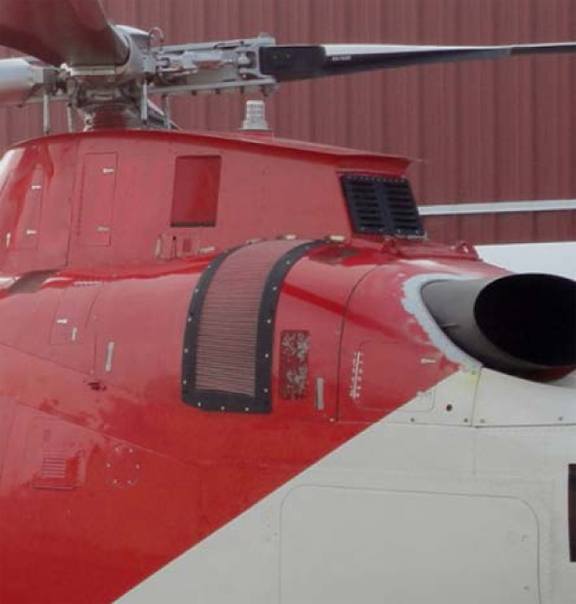This week I was at my local Toyota dealership getting a tire rotation on my Tundra. This 2010 Tundra with 210K miles pulled up for an oil change. Got to speaking with the owner, who was kind and shared all about his truck. Owned since new and installed a K&N cold air intake system on it when he first purchased 13 years ago. He has never had a single issue with this truck and runs great.
I personally choose to use OEM Toyota (Denso made) paper filters, but this is a lot of miles with a K&N and he loves it. Maybe we should all re-think K&N if you want to run a vehicle to high mileage. Thoughts?
Some people smoke cigarettes and live to 91.
That doesn't mean smoking is a good idea.


